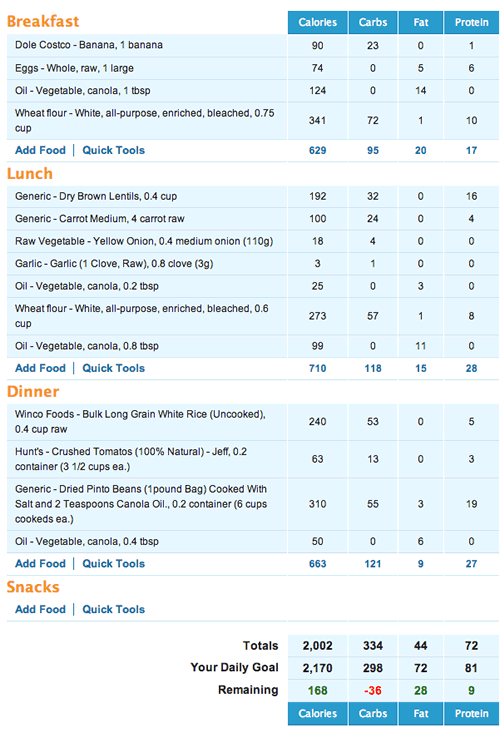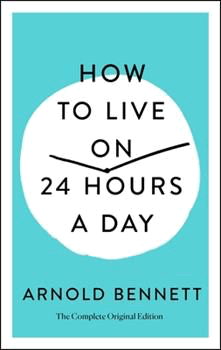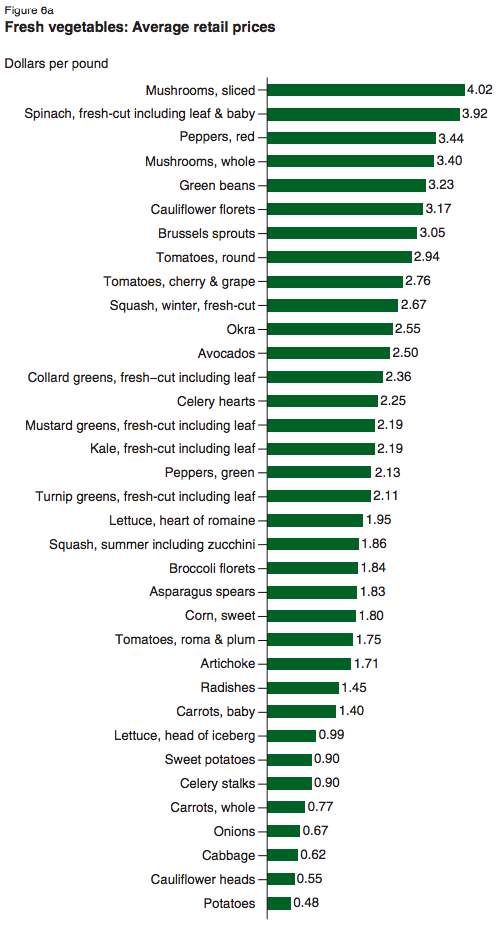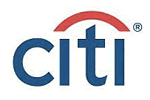
Last week I successfully completed the Live Below the Line challenge along with thousands of other people around the country, eating for 5 days on just $1.50 a day. Here are my takeaways from the week:
My challenge experience. In terms of doing the challenge itself, it wasn’t all that difficult. I planned my menu carefully to make sure I got at least 2,000 calories so I wouldn’t be overwhelmed by hunger. My food was bland, but relatively nutritious. I usually drink mostly tap water anyway. To satisfy the somewhat arbitrary rule of only buying entire containers, I bought most of my ingredients from bulk bins and markets by the pound. If I was allowed to buy in bulk, I would have been able to eat even better.
I did feel a low-level hunger, which grew gradually as the week went on. I think this meant I was running a small caloric deficit as I kept up my usual light exercise routine. I lost roughly a pound. By the 5th day, the repetition of eating the same thing over and over was starting to grind on me. In other words: 5 days was fine, but 50 days would have been incredibly difficult.


 Breakfast
Breakfast

 After my initial
After my initial 

 Citi is trying to learn more about the needs of small business owners and believes that many MyMoneyBlog.com readers might fit their desired profile. They are looking for primary banking decision-makers of small businesses (titles will include but not limited to: owner, principal, partner, CFO) to join the Business Advisory Board for Citibank.
Citi is trying to learn more about the needs of small business owners and believes that many MyMoneyBlog.com readers might fit their desired profile. They are looking for primary banking decision-makers of small businesses (titles will include but not limited to: owner, principal, partner, CFO) to join the Business Advisory Board for Citibank. The Best Credit Card Bonus Offers – March 2024
The Best Credit Card Bonus Offers – March 2024 Big List of Free Stocks from Brokerage Apps
Big List of Free Stocks from Brokerage Apps Best Interest Rates on Cash - March 2024
Best Interest Rates on Cash - March 2024 Free Credit Scores x 3 + Free Credit Monitoring
Free Credit Scores x 3 + Free Credit Monitoring Best No Fee 0% APR Balance Transfer Offers
Best No Fee 0% APR Balance Transfer Offers Little-Known Cellular Data Plans That Can Save Big Money
Little-Known Cellular Data Plans That Can Save Big Money How To Haggle Your Cable or Direct TV Bill
How To Haggle Your Cable or Direct TV Bill Big List of Free Consumer Data Reports (Credit, Rent, Work)
Big List of Free Consumer Data Reports (Credit, Rent, Work)